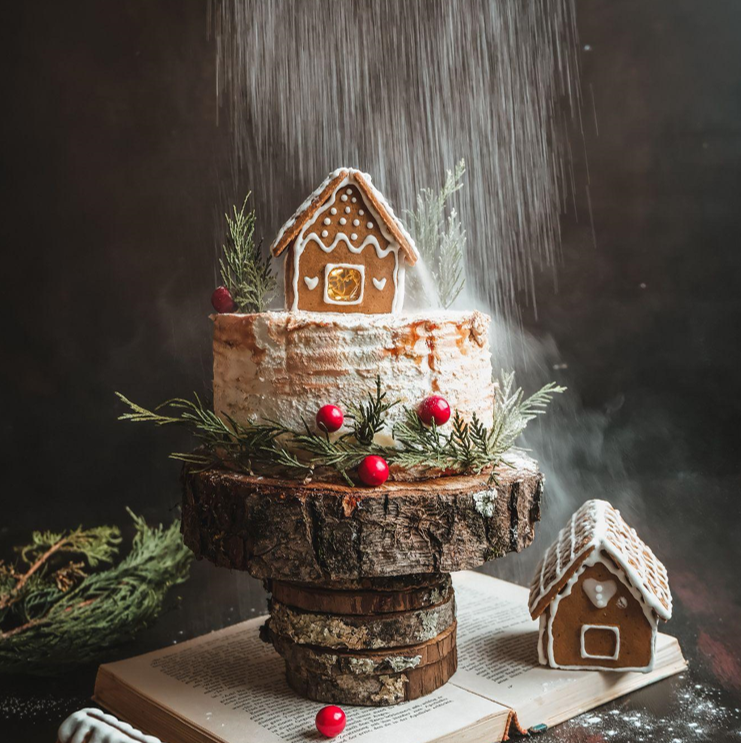The Christmas season is a time for spending quality time with family and friends, sharing joy and love, and decorating your home with dazzling lights and festive ornaments. Among these ornaments, glass ornaments have become a beloved traditional decoration during the holiday season. The history of glass ornaments is a fascinating journey that dates back to ancient times.
The Beginning of Glass Ornaments
Glass ornaments can trace their roots to the ancient Egyptians, who used molded glass ornaments to decorate their homes during the winter solstice. They would dip these ornaments into the melted wax and attach them to greenery or trees, illuminating their homes with glass ornaments’ bright colors and sparklingness.
From Ancient Egypt, the popularity of glass ornaments spread throughout Europe, where they were used to celebrate the winter solstice and as a symbol of good luck. People often hang glass ornaments shaped like birds, fruit, and other objects that are difficult to find or afford during winter. The color and luster of the glass ornaments are believed to have been influenced by the stained glass windows of the cathedrals famous in Europe during this time.
The Origin of the Christmas Tree
The use of glass ornaments in Christmas decorations is closely related to the origin of the Christmas tree. According to legend, the first Christmas tree was decorated with apples, wafers, and candles in 16th-century Germany. Later in the 19th century, glass ornaments were introduced into the display when people started using them to decorate their trees. Unfortunately, the glass ornaments, handmade then, were often costly, so only the wealthy could afford them. It was in the 1880s that machine-made glass ornaments became affordable for most people.
The German Influence on Glass Ornaments
The German influence on glass ornaments is still present today. Germany, the birthplace of Christmas trees and glass ornaments, is still one of the world’s leading manufacturers of glass ornaments. Even though the shapes and designs have evolved, traditional German motifs such as angels, nutcrackers, and Santa Claus remain popular ornaments.
The Evolution of Glass Ornament Design
As glass ornaments became more affordable, a wide array of designs emerged. Over the years, glass ornament manufacturers have experimented with different shapes, sizes, materials, and colors. Today, glass ornaments come in all shapes and sizes, from tiny miniatures to giant-sized spheres, colors, and designs that cater to every taste and style.
In recent years, the trend in glass ornaments has been to make unique and abstract designs that are not necessarily related to Christmas but can be used as decorations throughout the year. Glass ornaments shaped like animals, flowers, and ocean creatures, among other things, have become increasingly popular.
The Significance of Glass Ornaments Today
Glass ornaments are an essential piece of Christmas decorations in many homes worldwide. Their shimmering and dazzling colors add a festive and cheerful atmosphere to any room. Yet, even though their significance has evolved over the ages, their beauty and splendor have remained constant.
In conclusion, glass ornaments have come a long way since their humble beginnings, but their sparkle and warmth to the Christmas season remain a treasured tradition. No matter what shape, size, or color, glass ornaments always bring stardust and wonder to our holiday celebrations.

Recent Comments